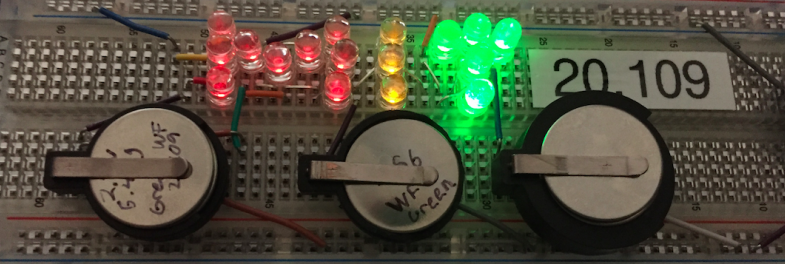20.109(F18):Prepare and treat cells for genomic instability experiment (Day3)
Introduction
Today you will continue to examine the data collected for your cell loading experiment, and then use these results to probe the effects of a chemotherapeutic drug on genomic stability. DNA damage is defined as any change in the chemical structure of the molecule, including breaks in the backbone, missing basepairs, and altered basepairs. Damaged DNA does not mean mutated DNA! Though both instances relay that the DNA has been changed, a mutation is defined as a change in the sequence.
In lecture, you reviewed exogenous factors that lead to DNA damage (i.e. ultraviolet rays, smoking, etc.). Naturally occurring DNA damage results from native cell processes, such as metabolism. In this module, we will examine the effects of a chemotherapeutic drug on genomic stability using the CometChip assay.
Oxidative agent: hydrogen peroxide (H2O2)Normal cell tissues have a basal level of DNA damage due to cell processes involved in cellular metabolism. For example, electrons can escape the electron transport chain and result in the formation of superoxide. Furthermore, defense mechanisms employed to protect the host from bacterial infection involved the release of reactive oxygen species. These reactive oxygen species are implicated in causing more than 20 types of DNA base lesions.
Protocols
Part 1: BE Communication Lab workshop
Our communication instructors, Dr. Sean Clarke and Dr. Prerna Bhargava, will join us today for a workshop on designing effective figures and captions.
Part 2: Determine cell loading number for genomic instability experiment
In a group discussion with the teaching faculty, you will assess the results of the class data from the CometChip loading experiments. The goal here is to determine which cell number to use when preparing your CometChip for the next experiments. Use the data you collected concerning the following: 1. number of wells loaded, 2. an estimate of number of cells per well, and 3. strength of DNA signal.
Be sure to include notes on the discussion and the values for cell loading number that you will use in your notebook!
Part 3: Harvest cells for genomic instability experiment
Part 4: Load cells into CometChip
Part 5: Treat cells for genomic instability experiment
Reagents list
Next day: Load cells for genomic instability experiment and induce oxidative stress

